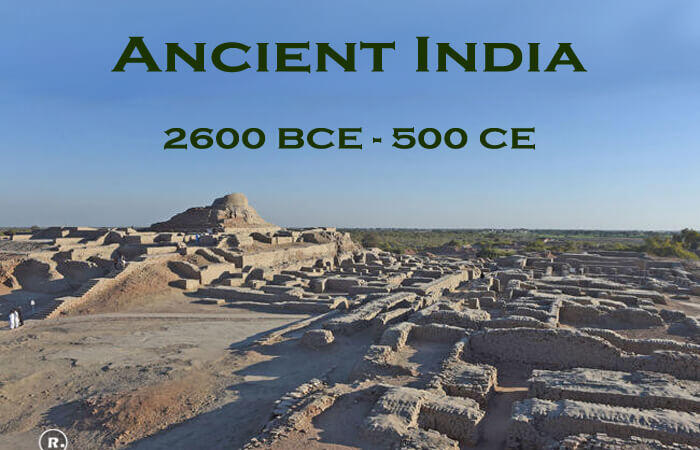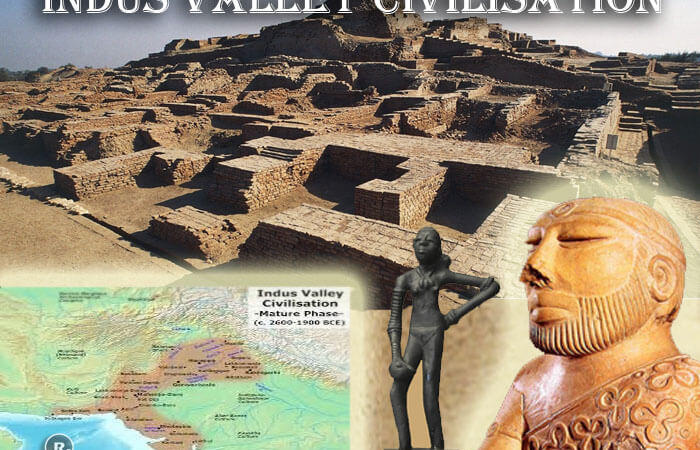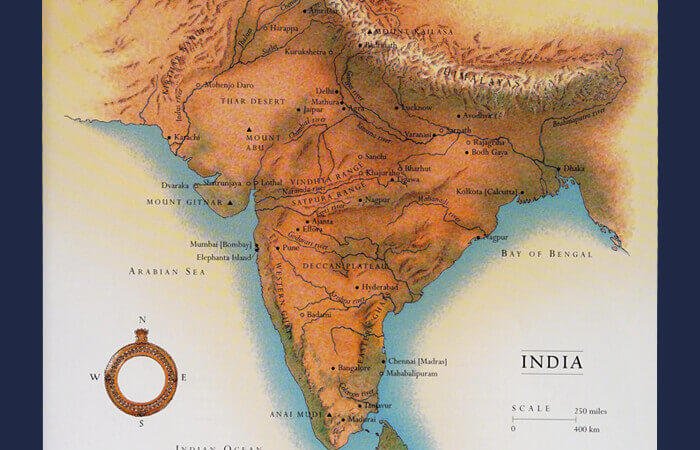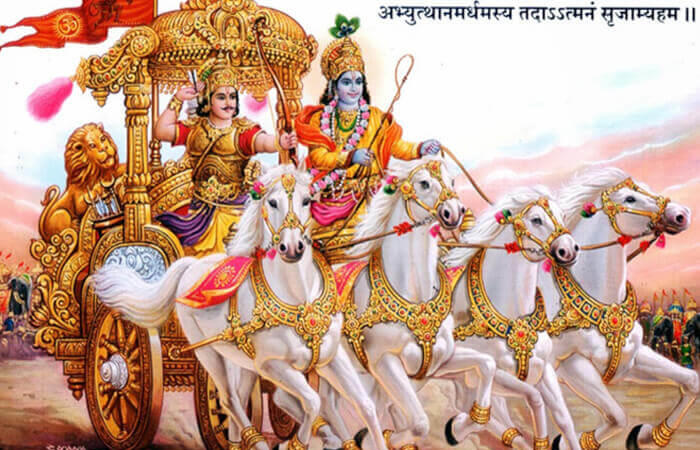Sardar Vallabhbhai Patel – “Iron Man of India”
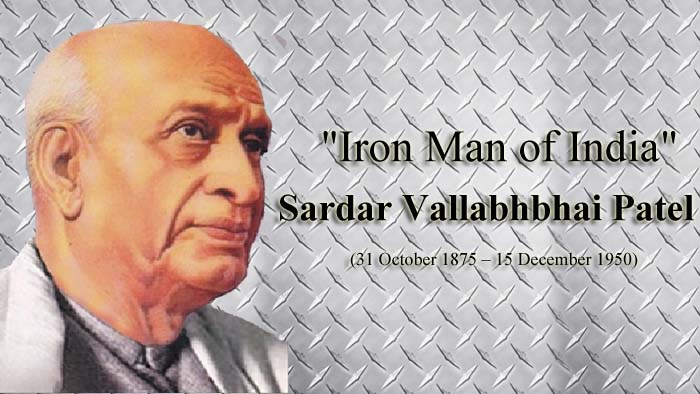
Vallabhbhai Patel was popularly known as Sardar Patel devoted his whole life to liberating slave India. He was an Indian politician and a great freedom fighter of India. He was the first Home Minister of independent India and also served as Deputy Prime Minister of independent India, he merged hundreds of princely states with the Indian Union. He was also known as “Iron Man of India” due to his incredible and amazing diplomatic skills and policy perseverance.
Early Life
Vallabhbhai Patel was born on October 31, 1875, in Nadiad, Gujarat, into a zamindar family. He was the fourth son of his father Jhaverbhai Patel and his mother Ladbai. His father was a farmer, while his mother was a spiritual and pious woman. He had three elder brothers Narasibhai, Vittalbhai, and Somabhai Patel, and a sister named Dahiba Patel.
Vallabhai Patel did her early education in a Gujarati medium school, after which he took admission in English Medium School. It took him a long time to complete his schooling. In the year 1897, at the age of 22, he passed his 10th examination.
Due to poor family conditions, instead of going to college, he studied at home and borrowed books, besides, he had also prepared for the District Magistrate Examination by staying at home, whereas Sardar Patel was so promising to study that he had scored the highest marks in this examination.
After this, in 1910, he went to England to pursue a law degree. He had no experience of going to college, but he was so fast that he completed the 36-month law course in just 30 months, thus in 1913 Vallabhbhai Patel did his law from the Middle Temple Inn in London. He completed his studies, and during this time he topped his college by getting universal marks.
He then returned to India and started his law practice in Godhra, Gujarat. At the same time, seeing his proficient in law, the British government also offered to appoint him to many big posts, but Vallabhbhai Patel did not accept any proposal of the British government, because he did not like British laws at all and his Strongly opposed, he rejected the offer to work with the British.
Under the practice of child marriage, Vallabhbhai Patel was also married at the age of 16 to a girl named Jhaverba in the year 1891. From whom he received two children named Dahyabhai and Maniben Patel. Vallabhbhai Patel’s wife Jhaverba could not stay with him for a long time due to suffering from cancer, Jhaveraba left Vallabhbhai Patel and died in the hospital due to her illness.
When Vallabhbhai Patel got news of the death of Jhaverba, he was busy in some of his court proceedings at that time, and he continued his proceedings even after hearing this news and winning the case. Patel decided against marrying again and decided to raise his children with the help of his family.
Vallabhbhai Patel was influenced by Gandhian ideas:
After this, he started working as a successful barrister in Ahmedabad and also became a member of the Gujarat Club, during which he attended a lecture by Mahatma Gandhi, after which he was greatly influenced by Gandhiji’s ideas. , And after this, he decided to become a staunch follower of the charismatic leader Gandhiji, and thus he started following Gandhian principles and then slowly part of politics became.
Inspired by the influential ideas of Mahatma Gandhi, the great independence of India, Vallabhbhai Patel raised his voice against untouchability, casteism, atrocities against women and made a lot of efforts to remove social evil. With this, he decided to participate in India’s freedom movement, adopting Gandhian ideology.
Impressed by the powerful ideas of Mahatma Gandhi, Vallabhbhai Patel played an important role in the Kheda movement in the year 1917, when the Kheda area of Gujarat was in the grip of a severe drought, the farmers were not able to pay taxes imposed by the British. Due to this, the farmers demanded the British government to give tax relief.
But when this proposal of farmers was rejected by the British, Sardar Vallabhbhai Patel led a ‘No Tax Campaign’ on a large scale, and encouraged the farmers not to pay taxes to the British. At the same time, after this struggle, the British government was forced to succumb to the persistence of Vallabhbhai Patel, and the farmers had to give relief in tax. At the same time, this was the first success by Vallabhbhai Patel in the freedom movement.
Vallabhbhai Patel gave support in all the movements of Gandhiji including the non-cooperation movement – Asahyog Andolan. Vallabhbhai Patel was so impressed with Gandhiji’s ideas that in the non-cooperation movement in 1920, he adopted indigenous Khadi items and lit Holi of foreign clothes. Apart from this, Vallabhbhai Patel supported Gandhi ji in all the movements including the peaceful nationwide movement like Swaraj movement, Quit India movement, Dandi Yatra.
Patel, who impressed the people with his speech power, inspired people with his great ideas during the Bardoli Satyagraha waged against the Simon Commission in 1928, due to which people agreed to not pay taxes increased by the British Government. And the British Viceroy had to be defeated. At the same time, Vallabhbhai Patel became famous among the people for taking strong leadership of this movement and the people of Bardoli started calling him Sardar, thus later Sardar started joining in front of his name.
Sardar Vallabhbhai Patel’s fame was steadily increasing, which is why he won the Corporation elections in Ahmedabad continuously, in years 1922, 1924, and 1927, he was elected as the President of the Corporation of Ahmedabad.
At the same time in 1931, Vallabhbhai Patel was made the chairman of the welcome committee of the 36th Ahmedabad session of the Congress and was appointed as the first chairman of the Congress Committee of Gujarat Pradesh, after which he remained the president of the Congress of Gujarat till 1945.
However, during this time he also had to go to jail several times. After India’s independence, he became the Home Minister and Deputy Prime Minister of India. Although Sardar Vallabhbhai Patel’s fame had spread so much that he was the first contender for the post of Prime Minister, because of Gandhiji he kept himself away from this race and Jawaharlal Nehru was made the first Prime Minister of the country.
Sardar Patel played an important role in integrating the princely states:
After becoming the Home Minister of independent India, he first organized the kings of different princely states of India using his political foresight and intelligence and made the kings of 565 princely states of the Indian Union realize that it was not possible to dream of a separate kingdom.
After which, all the states agreed to merge in India but the Nawabs of Hyderabad, the Nizams of Junagadh and Jammu and Kashmir, refused to merge their princely states into India. After which Vallabhbhai Patel used the army on the strength of his acumen and intelligence to persuade the kings of these three states to merge their princely states into India.
In this way, Vallabhbhai Patel unified the Union of India in a peaceful manner without any fighting, whereas he was given the title of Iron Man for this great work.
Sardar Vallabhbhai Patel and the partition of India:
The growing separatist movement led by Muslim League leader Muhammad Ali Jinnah turned Hindu-Muslim riots into violence just before independence. On which Sardar Patel believed such violent and communal riots after independence.
In December 1946, he worked with VP Menon, a civil worker, and then represented India on the Partition Council to resolve the problem that would weaken the efficiency of the central government, which would prove disastrous to strengthen a democratic nation.
Death of Sardar Vallabhbhai Patel
Sardar Vallabhbhai Patel’s health started deteriorating in the year 1950, while on 2 November 1950, his health deteriorated so much that he could not even get up from bed, after this, on 15 December 1950, he had a heart attack, due to which this great soul has expired.
He was posthumously awarded the Bharat Ratna, India’s highest civilian honor, in 1991. At the same time, his birthday was declared as National Integration Day in the year 2014 on 31 October.
Apart from this, on 31 October 1965, the postage stamp was also issued as a memorial to Sardar Patel by the Government of India. Not only this, many educational institutions, hospitals, and airports were named after him. Such as –
- Sardar Vallabhbhai Patel University of Agriculture and Technology, Meerut
- Sardar Vallabhbhai National Institute of Technology, Surat
- Sardar Patel University, Gujaratardar Patel Vidyalaya, New Delhi
- Sardar Vallabhbhai Patel Institute of Technology, Vasad
- Memorial Sardar Patel Memorial Trust
- Sardar Vallabhbhai Patel National Memorial, Ahmedabad
- Sardar Sarovar Dam, Gujarat
- Sardar Vallabhbhai Patel International Airport, Ahmedabad
- Sardar Vallabhbhai Patel Stadium, Ahmedabad
Statue of Unity
The Statue of Unity, the world’s tallest statue, was built as a memorial to the iron man Sardar Vallabhbhai Patel. The height of which is about 182 meters. The foundation stone of this statue was laid by the Prime Minister of India Narendra Modi on the occasion of the birth anniversary of Sardar Patel in 2013, while the world’s tallest statue was also inaugurated by Narendra Modi in 2018.
Read more about “Statue of Unity”.

